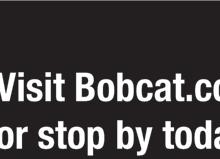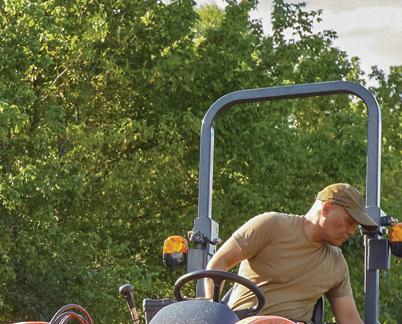










































Graffunders reflect on effort behind growing flowers, produce
BY RAE LANZRATH STAFF WRITER
BELLE RIVER — When purchasing a bouquet, customers often think of their recipients, if they are for a special occasion, or how they will brighten up the room. What customers usually do not consider is the work that goes into growing each flower.
Dan and Lisa Graffunder own and operate Belle River Flower Farm & Sourdough Breads. The couple grow more than 50 varieties of flowers and sell them in fresh cut bouquets at local farmers markets. They also sell homemade, artisan
sourdough loaves.
“Flowers are a lot more work than people realize,” Dan said. “Some seeds are so small that I sit with a toothpick and place one seed at a time in the seed starting trays. Then, each seedling needs transplanted into the garden when the soil temperature is 60 degrees.”
There are many layers to operating a flower farm, because of different growth cycles, critters destroying plants and getting the bouquets safely to market.
Some flowers that grow on the farm are started from seeds, and some are planted as small plants.
Lisa said Lisianthus can take months and months to develop, and, because of the Minnesota winters, it is not practical to start the seeds that early.
“We’d have to plant them in December for an August bloom,” Lisa said. “That just doesn’t work.”








The Graffunders have a high-tunnel greenhouse that gives them some flexibility when it comes to growing flowers, but not much.
“You can kind of control the temperature, but not completely,” Dan said.






Most of the flowers are grown in their outdoor garden, which Dan spends countless hours managing. Between planting, weeding and harvesting the flowers, the work seems unceasing.

Another factor the Graffunders have to deal with is animals destroying their crop.
Graffunder page 2



month in the














Published by
Star Publications
Copyright 2024
522 Sinclair Lewis Ave. Sauk Centre, MN 56378
Phone: 320-352-6577
Fax: 320-352-5647
NEWS STAFF
Mark Klaphake, Editor
Mark.k@dairystar.com
Rae Lanzrath, Assistant Editor raeanna.l@star-pub.com
Tiffany Klaphake, Assistant Editor tiffany.k@dairystar.com
Sara Hoppe, Copy Editor sarastarpub@gmail.com
Carol Moorman, Writer carol@melrosebeacon.com
Natasha Barber, Writer natasha@saukherald.com
Ben Sonnek, Writer ben.s@saukherald.com
Hans Lammeman, Writer hans.l@star-pub.com
Story ideas send to: raeanna.l@star-pub.com
SALES STAFF
Robin Brunette, 320-293-5911
robin@saukherald.com
Missy Traeger, 320-291-9899 missy@saukherald.com
Tim Vos, 320-845-2700 tim@albanyenterprise.com
Mike Schafer, 320-894-7825 mike.s@dairystar.com
Neil Maidl, 320-292-4454
neil.m@star-pub.com
Jaime Ostendorf, 320-309-1988 jaime@star-pub.com
Bob Leukam, 320-260-1248 bob.l@star-pub.com
PRODUCTION STAFF
Amanda Thooft
Nancy Powell
Maddy Peterson
Cheyenne Middendorf
Karen Knoblach
Annika Gunderson
Nadiia Griepentrog
Deadlines:
Country Acres will be published the first Saturdays of April, May, June, September, October and November, and the third Saturday of every month. Deadline for news and advertising is the Friday a week before publication.
ISSN: Print 2834-6440 Online 2834-6459


July 13,



Rabbits and gophers will eat their vegetables and flowers in their garden, leaving many unusable.
“They take one bite out of each green bean,” Dan said.
Lisa said they put 2-foot-high chicken wire around the garden to hopefully deter the pests, but the rabbits jump right over the top of it.

“It’s a never-ending battle,” Lisa said.
The Graffunders once grew and sold certified organic produce, and, while they have gone away from selling produce at farmers markets, they continue to use organic prac-
Lisa and Dan Graffunder smile fall 2024 at Belle River Flower Farm & Sourdough Breads near Belle River. The Graffunders have a high-tunnel greenhouse that they start flowers in.
tices with the vegetables they grow for themselves and the flowers.
Because of their organic practices, they manage their operation slightly differently than conventional producers. This makes weeding the ground slightly more labor intensive and limits their ability to use certain products.
Chaos within the couple’s schedule really begins once the flowers are ready to be arranged into bouquets and sold.
“It’s time-sensitive,” Dan said. “We have to get the bouquets made close to the market so the customers are getting fresh flowers.”
Along with selling flowers, Lisa bakes and sells sourdough bread. She offers many varieties and bakes each loaf herself.
Because of the products they sell, the couple has to work quickly and efficiently.
Graffunder page 3

R T

Publications bli ti “The newspaper of today is the history of tomorrow.”
Bork Lumber & Steel is a lumber company and building center located in Central Minnesota. Our Mission is to provide our customers with the best service, lumber and building materials available to meet their residential, commercial and agricultural needs.

July











































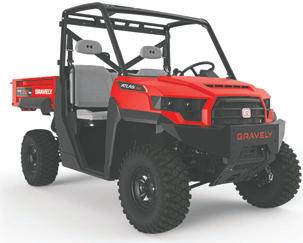



































































































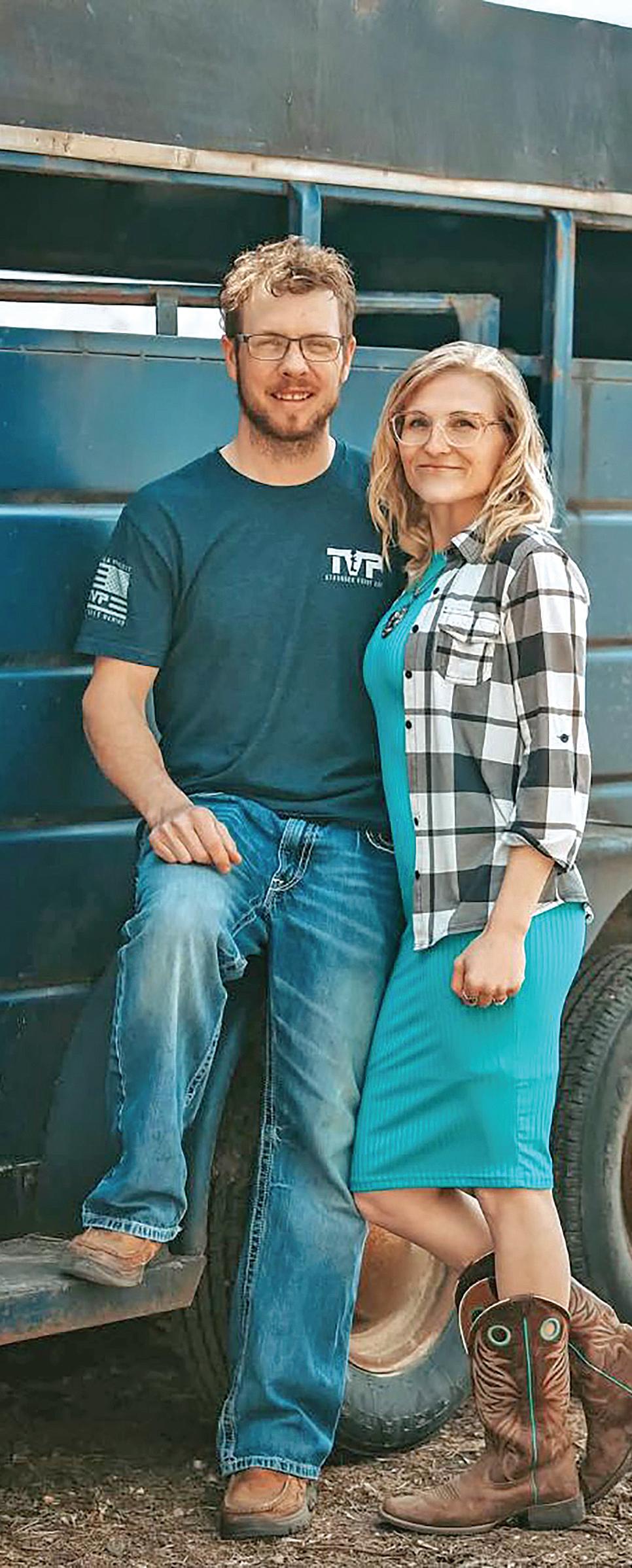








Tyler Smith and Kayla Henderson stand April 19 at
Hills Farm in rural Atwater. Smith and Henderson have goats, chickens, pigs and cattle on their farm.
community as well.
Henderson and Smith both grew up involved in agriculture, so, when the road got rocky, they went back to what they knew: farming.
“The economy just makes things tough,” Smith said.
“I own my own business, so there are expenses that come with that, too.”
Henderson and Smith also sought to teach their children self-sufficiency, their website said.
BY RAE LANZRATH STAFF WRITER
— Struggling financially is something people face often. Whether it be creating a budget or getting a second job, people find many ways to make ends meet during hard times. Hard times became a tool for Kayla Henderson and Tyler Smith to kickstart their lifelong dreams of supplying their own food and eliminating the grocery store as much as possible.
“Between health reasons and financial reasons, it was the only option that made sense,” Henderson said.
In 2021, Henderson and Smith moved to their farm. Today, Lakeside Hills Farm outside of Atwater has become a food source for not only the couple and their children, but their
When the couple moved to the farm, they needed to be creative. They could not afford to buy all new fencing and equipment, so they improvised with materials, like using free wooden pallets to make a goat pen and converting an old desk into roosting boxes for their chickens.
“We try to refurbish things and use what we have,” Smith said.
They have also been able to purchase old, used equipment for significantly less money than brand-new. Smith said they are able to cut hay for their animals, and the equipment they have works just fine for the project.
Now, the farm is home to pigs, chickens, beef cattle and goats. The chicken eggs are used for eating as well as hatching new birds.
“We have enough meat for our family, and we can sell some, too,” Smith said.
The couple has a vegetable garden and grows as much produce as possible. They start the plants indoors as seeds, and, once spring comes around, they are moved to the garden.
Henderson/Smith page 8

Seedlings grow April 8 at





















































































Almost every little girl who grows up on a farm or in the country dreams of having a horse one day. I was no exception.
When I was in elementary school, I was constantly checking out every book in the library on horses — how to draw horses, different breeds of horses, fiction, non-fiction — and I even had the page number on horses in our encyclopedia set memorized. I was interested in all things related to horses: going to rodeos, walking through the horse barn at the county fair, and my favorite part of going to parades was seeing the horses at the end.

When I was in middle school, my mom let me bike to our neighbor’s house a half mile down the road and take riding lessons from her. She had several horses and would ride just for fun. She taught me to ride bareback first. I was very nervous, but I was also very determined to learn to do it. I only fell off once, and it was on the gravel road, so it hurt; but, of course, I got right back on and tried again.

There were only a few weeks of school left, and I diligently got up before school and made sure Charlie had food and water before I got on the school bus. Once I got home from school, the first thing I did was check on Charlie and feed him again and brush him. Before long, I had a saddle and bridle and was saddling up my very own horse to go riding. My dream had come true. Charlie was the perfect horse; he was mellow yet full of energy. I could give him a bath and he would not move an inch, or I could ride him for more than an hour galloping, trotting and walking.
By Tiffany Klaphake
That spring, I learned balance, different gates, caring for horses and eventually how to put on a saddle and bridle.
Later that spring, I was put in contact with Gary Kathrein, who was a horse guy in the area. He helped me find a good horse for sale that was within our budget. I was so nervous yet so excited to finally have a horse of my own. I slightly modified one of the heifer pens we used in the summer for grazing for my horse, which I named Charlie. I do not know where I got the name Charlie, it just felt right.
Charlie was an older gelding, about 15 years old, when we got him. He had lice and needed to have his teeth floated, so we were able to get him for an affordable price. Once we got him home, we treated him for lice, gave him a de-wormer, and eventually got his teeth floated, too. Within a couple of weeks, I could see the change in him — he had more energy, and his coat started to shine.
Prior to actually getting my own horse, I had planned on showing him in 4-H and joining saddle clubs and learning to barrel race. However, once I got Charlie, I was more than content to just ride in our pasture and up and down our field roads. Even though I was already enrolled in 4-H, I never did show Charlie at the fair.
When the first winter set in, I realized our pen was not adequate for Charlie during the winter. I asked Gary if I could keep Charlie over at his place since he had a better shed and pasture on the condition that I would buy the feed and come over as often as I could to ride Charlie. It worked out great for all parties, as Gary continued to teach me about riding, and he enjoyed taking care of Charlie. Gary had a horse, too, and we would go riding together, and Charlie had a companion.
The following springs, summers and falls were filled with riding Charlie as often as I could during the week and on weekends. Fall was my favorite time of the year to go riding, with all the fall colors and crunching of leaves beneath Charlie’s hooves.
I spent the next seven years making memories with Charlie and making the short drive over to Gary’s place to go riding every chance I could. I was a junior in college when Charlie passed away, and I will always remember that day; but, more importantly, I will never forget all the fun times I had with Charlie.

















































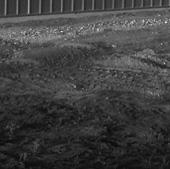















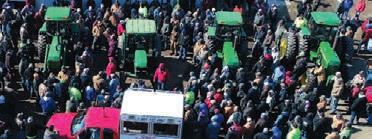
































































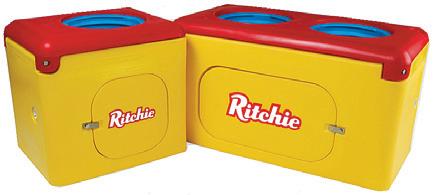

















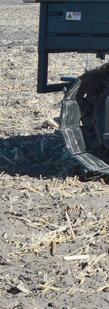





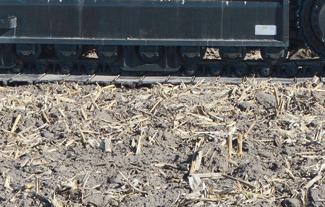


















































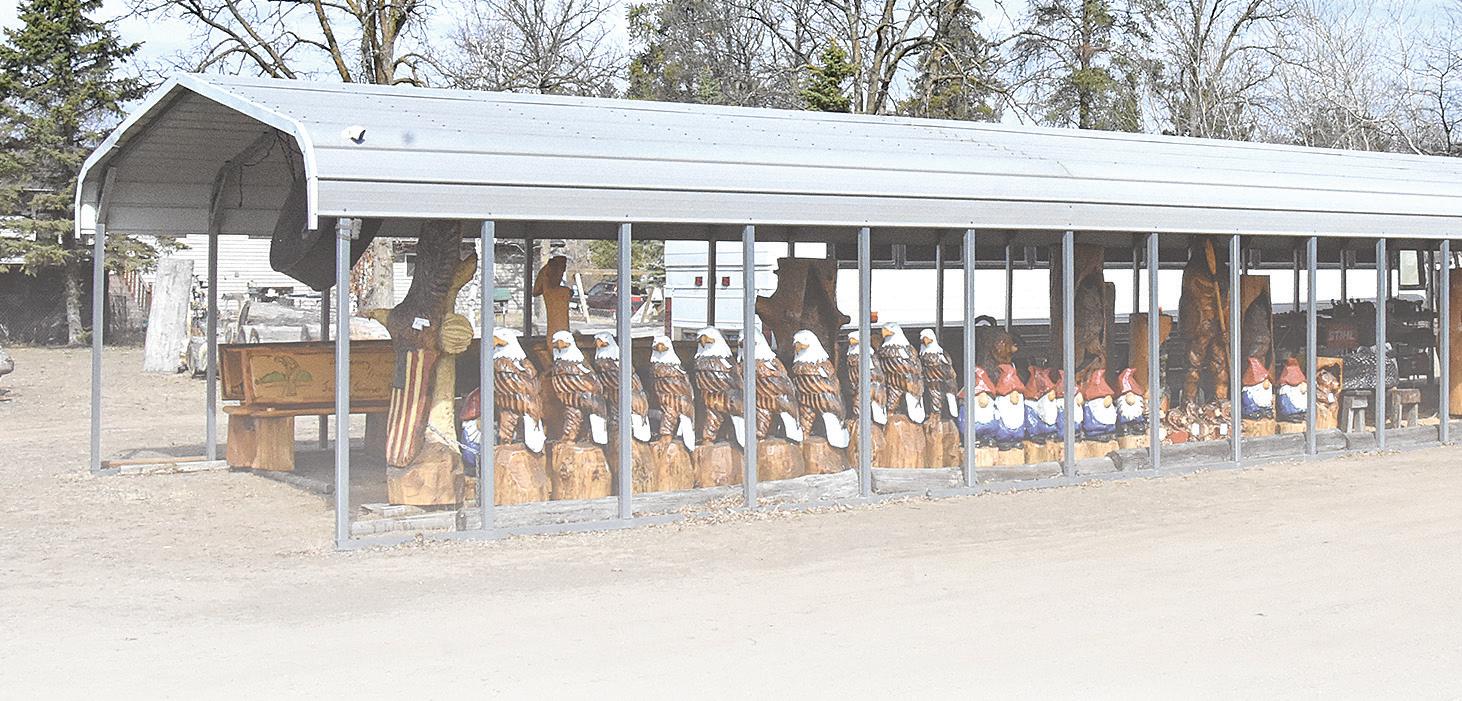


SD Chainsaw Sculptures turns logs
BY BEN SONNEK STAFF WRITER
MOTLEY — When people are looking for a nice log during the cold months of fall, winter and spring, it is usually because they need it to start a warming fire. In the summer, though, Scott Davis and his business, SD Chainsaw Sculptures, still have logs for anyone’s needs — but these sculptures of bears, eagles, gnomes, owls, benches and more will brighten people’s decor year-round, without ignition.
And, for Davis, his stand’s location alongside Highway 10 in Motley is a great place to introduce people to his art.
“On some of these weekends, there are hundreds of thousands of cars that bottleneck in this area,” Davis said. “It’s
a really nice location.”
Raised in the Deer Creek area, Davis traces his interest in woodworking back about 25 years. At the time, he was working for Buzz Brothers in the St. Cloud area, putting gas and oil in their chainsaws.
“I liked to see other carvers and was interested in what they were doing,” Davis said. “(Buzz Brothers) was pretty good; he could do portraits and all kinds of stuff.”
Chainsaw art started as a hobby, and Davis continues to do other odd jobs today, but SD Chainsaw Sculptures is currently his main source of income.
“You’re always still learning,” Davis said. “The basic bear and eagle don’t take long to master. Those are bestsellers.”
Davis’ equipment mainly consists of his five chainsaws, but he also uses angle grinders and other tools for more detailed work. There are projects, though, where he does not need the finer tools, and the saws can handle the
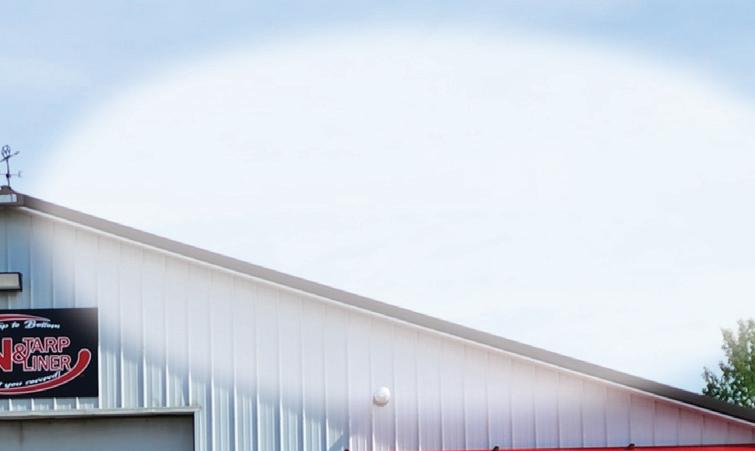

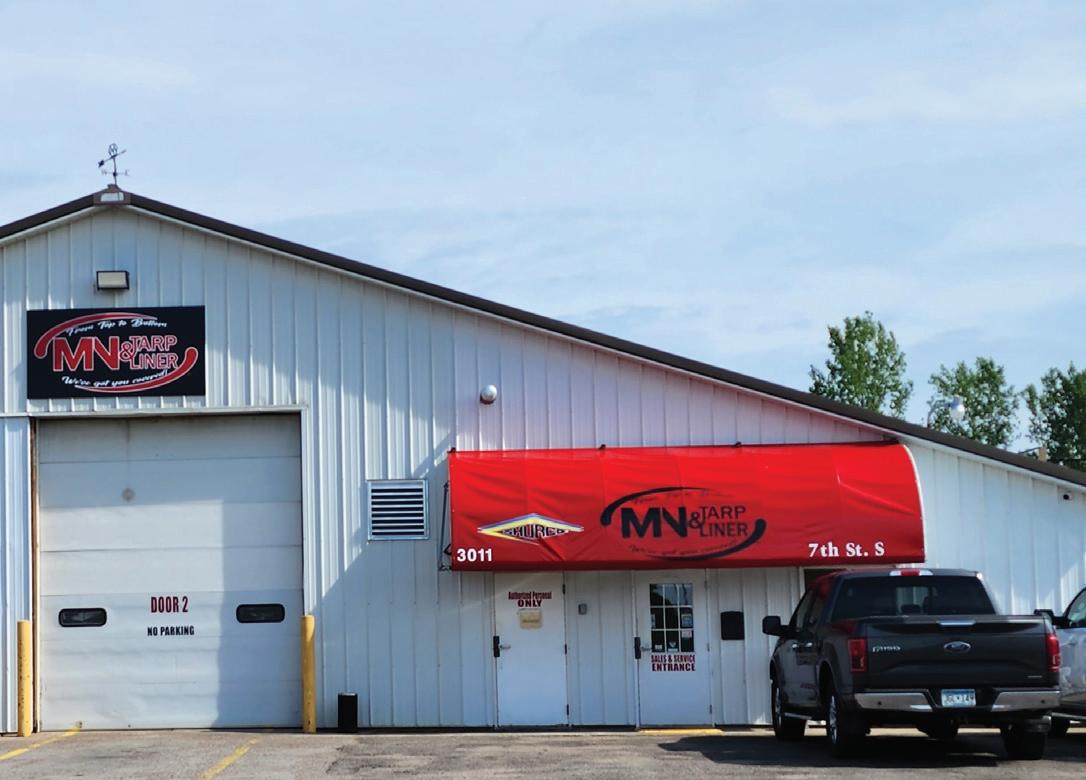

details.
Davis knows of other carvers who have started using computer numerical control machines to make their carvings, but he is not interested in using that technology in his business.
“I don’t know if that’s really called art, but the person designing the program could be an artist,” he said.
The wood used by SD Chainsaw
Davis page 12





Sculptures stand is full of sculptures April 18 in Motley. The business opens around Mother’s Day, and its main season is June through August.
Scott Davis stands between the wings of one of his carved eagles April 18 at SD Chainsaw Sculptures in Motley. Davis’ interest in chainsaw carving goes back about 25 years when he worked for another chainsaw woodcarver.




















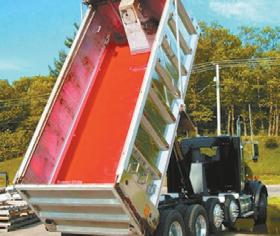
































“I

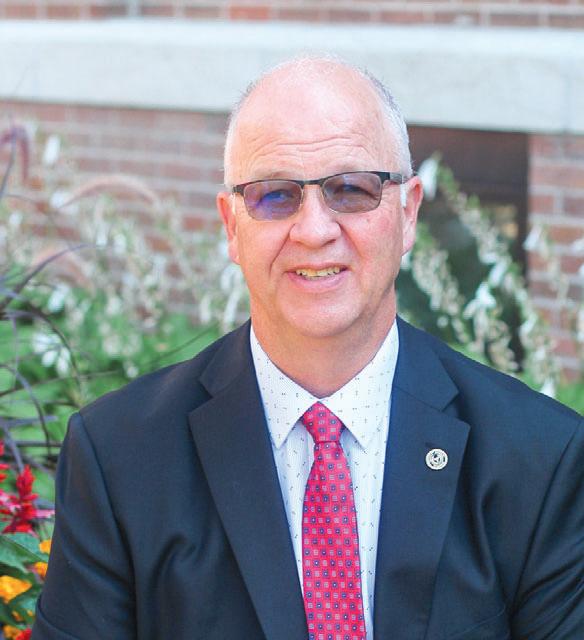










PHOTOS BY B EN SONNEK Eagles, gnomes and bears line the edge of the SD Chainsaw Sculptures stand April 18 in Motley. Scott Davis finishes his carvings using Australian timber oil as a sealant.
from page 11
Sculptures and most other chainsaw artists is generally white pine, which is a softer wood that finishes well and holds its detail work.
“It’s hard to come by,” Davis said. “When you do find it, you’d better get a semi load. … All the white pines have been logged off.”
SD Chainsaw Sculptures has also done cottonwood carving by customer request, and while that does not finish out as well in Davis’ estimation, it has a much larger diameter and therefore provides more wood to work with. Davis has carved some of his largest bears out of cottonwood logs with a 4.5-foot base diameter.
Knots are an ever-present reality in woodcarving, but Davis tries to use those to his advantage.
“Sometimes, the knots are what give the log character,” he said.
Davis finishes his carvings using Australian timber oil as a sealant.
“Sometimes, the finishing work will take longer than the carving,” Davis said.
Some of the items at SD Chainsaw Sculptures were not made by Davis. He finds them at other shows and auctions and buys them to resell. For one of the pieces — a giant loon he found at an auction in Hackensack — he plans to make a base for it with a large piece of wood made to look like water, then add a badge on the front of it so the person or business can add their name to it.
“I’m kind of an art dealer as well,” Davis
Davis page 13



buckthorn out pretty fast,” Simon said. “On average, it’ll take a group about a week to clear an acre of it.”
BY RAE LANZRATH STAFF WRITER
BARRETT — Being good stewards of the land is something producers take very seriously. Whether it be conservation or restoration, taking care of the ground is a responsibility many farmers have taken on.
Among these is Bryan Simon, who protects the land from invasive species by using grazing practices and restoring prairie land.
Simon has found a way to manage his own land and help others with their land using a non-chemical, cost-effective and creative way — his herd of 220 goats. He uses them to manage buckthorn, an invasive species that can severely damage ecosystems when present.
“They (the goats) clear the


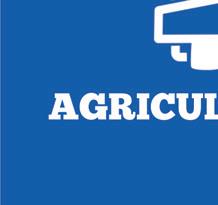




Simon leases his herd out in small groups of between 20 and 30 goats to people who have buckthorn growing on their property. He brings his herd to his customers’ properties, sets up temporary fencing and lets them get to work.
“It’s pretty minimal work for the customer,” Simon says. “I ask that they keep an eye on them (the goats) while they’re there, but
Simon page 16

































The goats in Simon’s herd are mostly Spanish, with a few mixed breeds. Simon said he did research and found out that Spanish goats are more parasite-resistant than other breeds.
“I try to avoid as much medication as I can,” Simon said. “I don’t want to com-

plicate it; I just try to keep things simple. I deworm if I have to, but I don’t want to be doing that all the time, so I tried to find a breed that wouldn’t be as susceptible.”
For the most part, goats eat from eye level and above, Simon said. They typically do not eat close to the ground,
which can reduce the risk of parasites. When goats are grazing and eating closer to the ground, they can pick up parasites more easily.
Keeping things simple is the method Simon tries to use for all practices on his operation. When it comes to breeding, Simon puts his four males into the pen with the females, and that is the only thing he does.
“I don’t want to create more work for myself by
separating them into breeding groups and whatnot,” Simon said.
Simon’s herd begins kidding in mid-April, and he intervenes as little as possible. Simon said he will make sure the kids are up, moving and eating, but that is about all.
The goats in his herd make good mothers, for the most part, and he said the less he interferes, the more they take care of their offspring.
The herd lives outdoors
all year round, with several dairy calf huts full of straw to keep them out of the elements.




“They’re tough,” Simon said. “They don’t need a heated barn. They adapt, and, as long as they’re out of the snow and wind, they’re fine.” Simon continues to manage buckthorn on his farm and works tirelessly to take care of the ecosystem around him.
“We are trying to bring balance back into the ecosystem,” Simon said.















Tell me about your farm. I have around 1,000 acres with corn, soybeans, hay and grain. We have beef cattle that we raise as well.
When did you start planting and how has planting been progressing? We haven’t started yet, but we plan to start at the end of April or the beginning of May, so it’s any day now depending on weather.
How do you ensure a successful planting season? During the winter, we run all our equipment through the shop to make sure things are repaired and preventative maintenance is done. I also make sure the meter on the corn planter is checked so that it’s planting correctly.
What is your biggest challenge when it comes to spring planting? The weather. This year, it’s been alright so far; it’s a little colder than we would like, but it’s not as wet as last year, so it’s good.
What do you like most about spring fieldwork? Seeing the crops come up because it’s proof of a good planting season, and you can see your progress.

Tell me about your farm. We have 225 acres of peas, corn, soybeans and some barley. All our crops either go to our hogs or into chicken feed that we sell. We have around 200 market hogs that we raise to butcher in our butcher shop, and then we sell broiler, layer and chick feed.
When did you start planting and how has planting been progressing? We finished planting peas on April 24, but we haven’t started anything else yet because the ground is too cold. Hopefully, it’s going to rain here soon, and then that’ll warm the ground up a little bit so we can get corn and soybeans into the ground soon. Currently, we’ve been spreading compost and just getting things ready.
How do you ensure a successful planting season? We make sure we don’t plant too early; you have to wait until the ground is warm enough. We also go through the equipment to do any preventative fixes that we can in hopes of avoiding breakdowns.
What is your biggest challenge when it comes to spring planting? The weather because you can do everything right when you plant, but the weather determines if we’re successful or not. You have to know when to plant and know what the weather is doing.
What do you like most about spring fieldwork? Personally, I like the harvest better than planting, but the thing I like about planting is that it’s the excitement of the year ahead of you. At the end of the year, it’s always, “Maybe it’s going to be better next year,” so planting is your first step to trying to be successful in the field. You can always try something new in the spring, and that’s exciting, too.
Tell me about your farm. Our family farm is owned and operated by my parents, who have been proudly farming it together for 40-plus years. I have helped on the farm in any way I can since I was young. From the knowledge I have gained from working on the farm, I have started my own seed business, plus help on the farm whenever possible.

When did you start planting and how has planting been progressing? Family farm raises corn and soybeans. We started planting corn April 25, but now we are at a standstill with the much-needed rain we received Monday. We are excited to resume this week with warm temperatures ahead.
How do you ensure a successful planting season? My dad is our main equipment manager. He goes through everything all winter long in our shop with great detail. With him starting maintenance in the winter, we are ready to go planting as soon as fields are fit with very little breakdowns. I am the main person who checks field conditions and decides where to place the right hybrid to maximize our yield potential. With our combined efforts, we are able to ensure a successful planting season.
What is your biggest challenge when it comes to spring planting? Our labor source consists of my dad, mom and myself. So, at times, it can be stressful when multiple things need to be getting done at once, but somehow, we are always able to get it accomplished.
What do you like most about spring fieldwork? Why? For me, spring is my favorite time of year, as we have come out of winter with the excitement of being back outside enjoying the outdoors. Everyone is ready to get back into the fields and looking forward to the year ahead.





































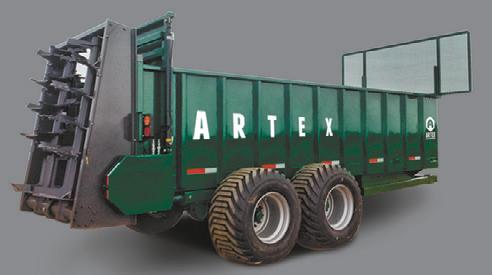





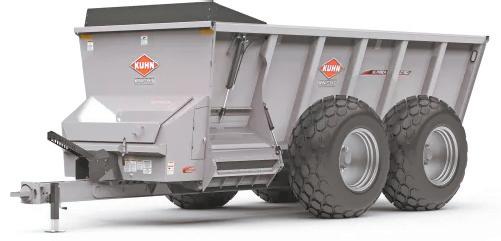









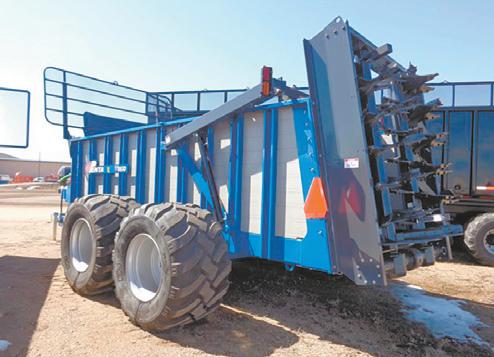






















BY RAE LANZRATH STAFF WRITER
CUSHING — Passing the torch to the next generation can be a difficult transition. But for the Sams family, it is a dream come true.
Brian and Heather Sams own and operate Campfire Bay Resort near Cushing.
“We’re in the process of our sons and their significant others taking over,” Heather said. “It’s so special that they want to continue what we started.”
Brian and Heather’s three sons — Elijah, Cael and Iain — all grew up and work on the resort.
The couple purchased a resort in 2002, then called Country View Resort. The resort had been operating since 1947 with multiple owners. Heather said none of the previous owners were related to one another, so the resort was not passed down among family members.
Over 23 years, the resort has become Campfire Bay Resort and a family legacy as well.
Brian and Heather have given the resort a major facelift since they assumed ownership. The couple has built almost all the buildings at the resort themselves. With their bare hands, the Sams constructed a lodge, Sams page 22
























































































































The resort offers fully equipped cabins with two, three or four bedrooms to accommodate families of all sizes. The cabins are air-conditioned with kitchens and living rooms, so people feel at home.
The Sams have created lasting relationships with their guests, who travel from around the nation to stay at the resort.
“We have people from all over (the) country,” Heather said. “Mostly people come from the Midwest, but we have people from everywhere in the United States.”
The Sams know that the guests are important, and they want to show their appreciation for loyal customers. Inside the game room in the lodge, there is a large map of the resort. On the map, families that return year after year can place their names.
“We have a 5-year, 10-year, and 15-year decal that they can decorate,” Heather said. “Now, we have some that are hitting 20 years, so we’re adding something for them, too.”
The Sams have spent more than 20 years creating a resort that their customers want to return to, and the wall reminds them of their success.
“It’s incredible to see people come back year after year,” Heather said.







*Offer ends 6/30/2025. Available at participating and eligible dealers only. Offer may vary by product type, series, model and select units in dealer’s current inventory. Must take delivery from dealer stock by 6/30/2025. Offers available on new equipment in US and Canada only. Some restrictions apply. Length of contract and rate may vary. Monthly payment subject to change. Prior purchases not eligible. See dealer for details. Financing provided on approval of credit by authorized Bobcat finance providers to well-qualified buyers. All finance programs and rates are subject to final approval by the applicable Bobcat finance provider and are subject to change at any time without notice. Administrative fees may apply. Offer not available to government accounts, national accounts and municipal/utility bid customers. Bobcat Company reserves the right to extend or discontinue any of these programs at any time without prior notice.



